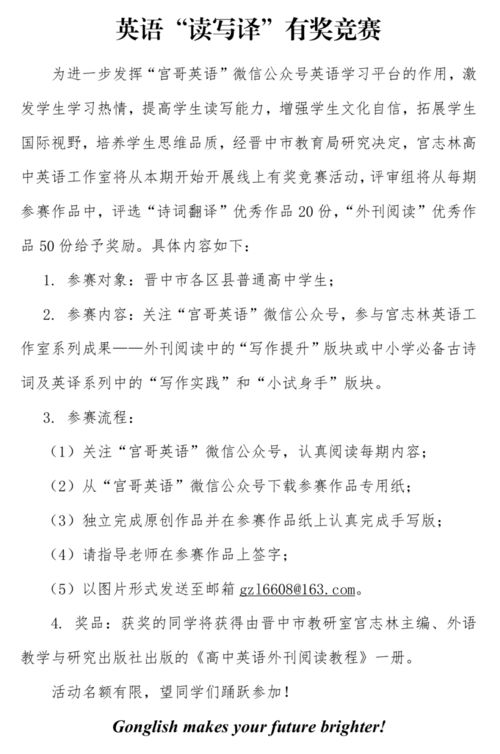Title: How to Translate European Cup Matches in English
In translating European Cup matches into English, accuracy and clarity are paramount to effectively convey the excitement and nuances of the game to the audience. Here's a comprehensive guide on how to translate European Cup matches into English:
1. Familiarize Yourself with Football Terminology:
Player Positions:
Understand the roles and positions of players on the field, such as striker, midfielder, defender, goalkeeper, etc.
Game Actions:
Learn terms related to game actions like dribbling, passing, shooting, tackling, fouls, penalties, etc.
Match Situations:
Be familiar with phrases used to describe match situations, such as kickoff, corner kick, free kick, goal kick, offside, substitution, injury time, extra time, etc.
2. Translate Match Commentary in Real Time:

Stay Updated:
Keep abreast of live match updates to provide accurate and timely translations.
Be Descriptive:
Translate not only the literal meaning but also the excitement and emotions conveyed by the commentators.
Maintain Consistency:
Use consistent terminology throughout the translation to avoid confusion.
3. Capture the Atmosphere and Emotions:
Contextualize:
Provide background information about the teams, players, and the significance of the match.
Convey Emotions:
Translate emotional expressions of the players, coaches, and fans accurately to reflect the intensity of the game.
Use Vivid Language:
Employ vivid language to paint a picture of the atmosphere in the stadium and the reactions of the crowd.
4. Translate Pre and PostMatch Analysis:
PreMatch Analysis:
Translate discussions about team strategies, player form, injuries, and other prematch analysis accurately.
PostMatch Analysis:
Summarize postmatch interviews, analysis, and reactions from players, coaches, and pundits in English.
5. Adapt for Different EnglishSpeaking Audiences:
Consider Audience Preferences:
Adapt your translation style and terminology based on the target audience, considering factors like regional preferences and familiarity with football jargon.
Provide Context:
For international audiences, provide explanations or context for terms that may not be universally understood.
6. Proofread and Edit:
Review for Accuracy:
Doublecheck translations for accuracy, especially names of players, teams, and specific football terminology.
Ensure Clarity:
Ensure that the translation is clear, concise, and effectively conveys the intended meaning to the audience.
Edit for Style:
Polish the translation to maintain a consistent style and tone throughout.
Conclusion:
Translating European Cup matches into English requires not only linguistic proficiency but also a deep understanding of football terminology, match dynamics, and audience preferences. By following these guidelines and continuously refining your translation skills, you can provide Englishspeaking audiences with an engaging and authentic football experience.
